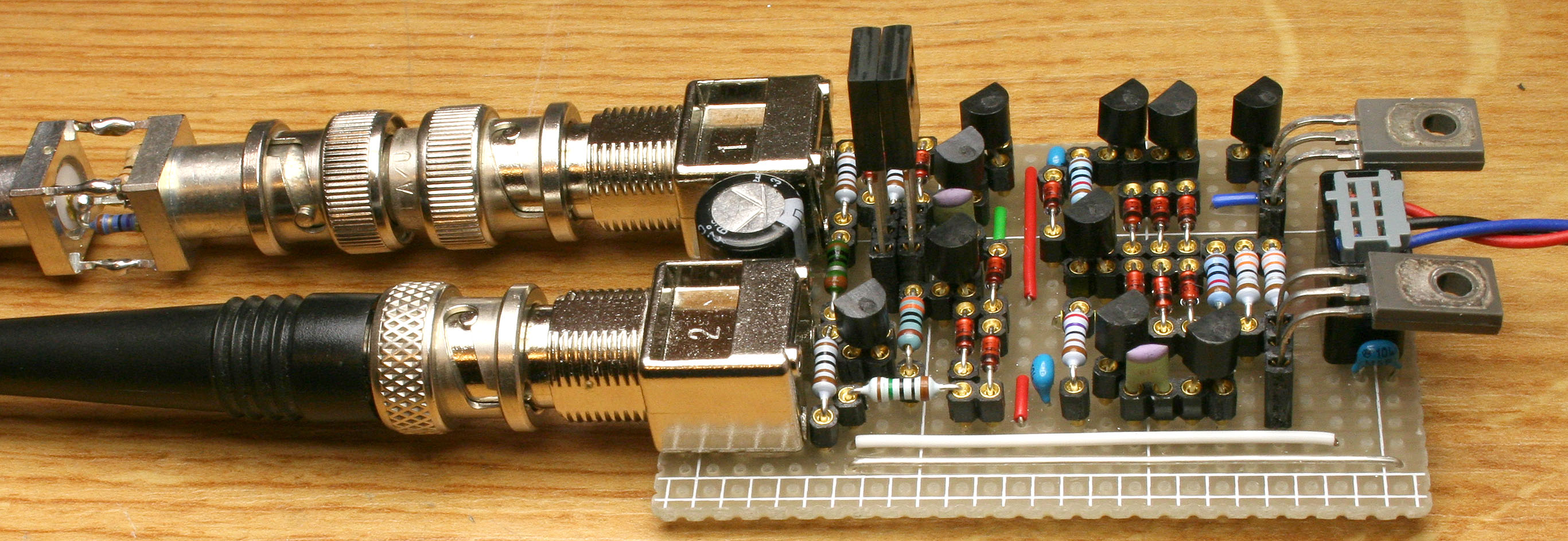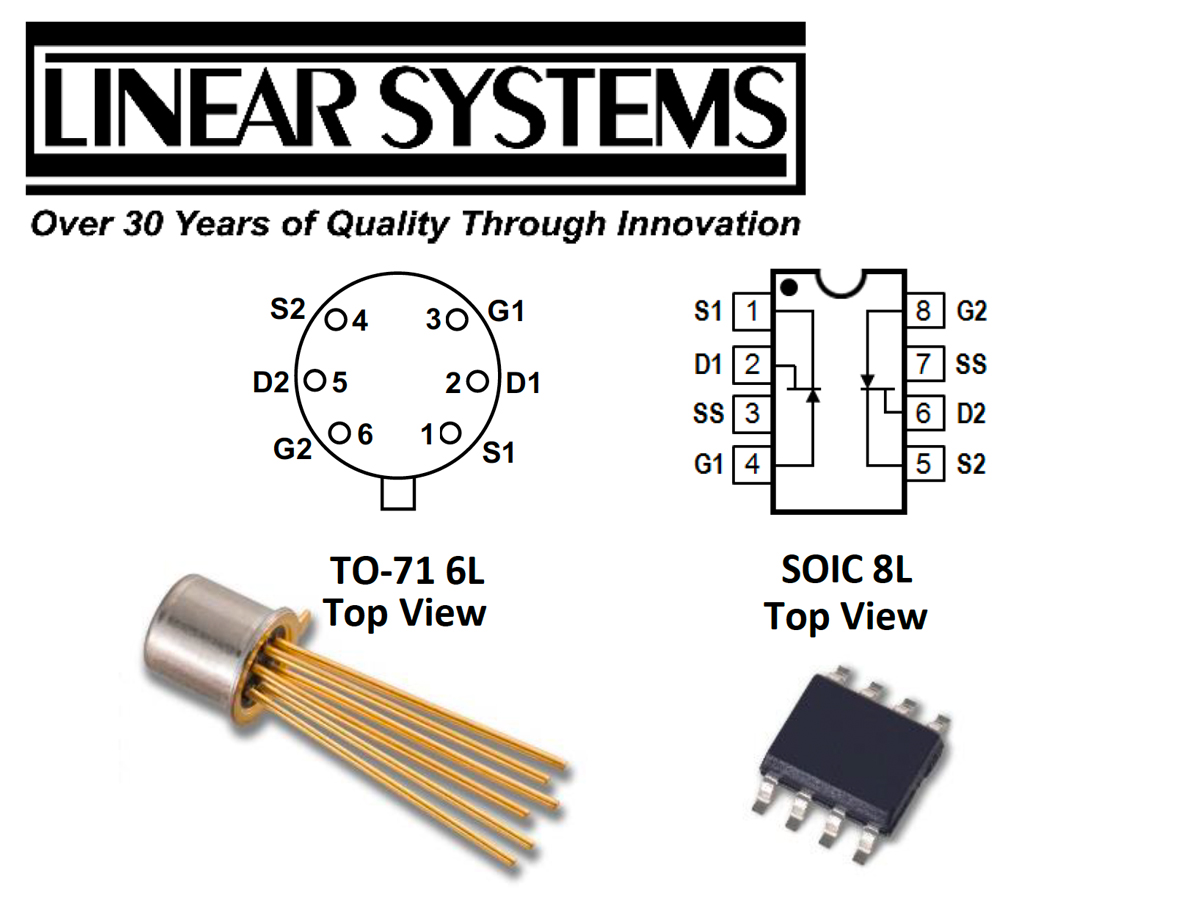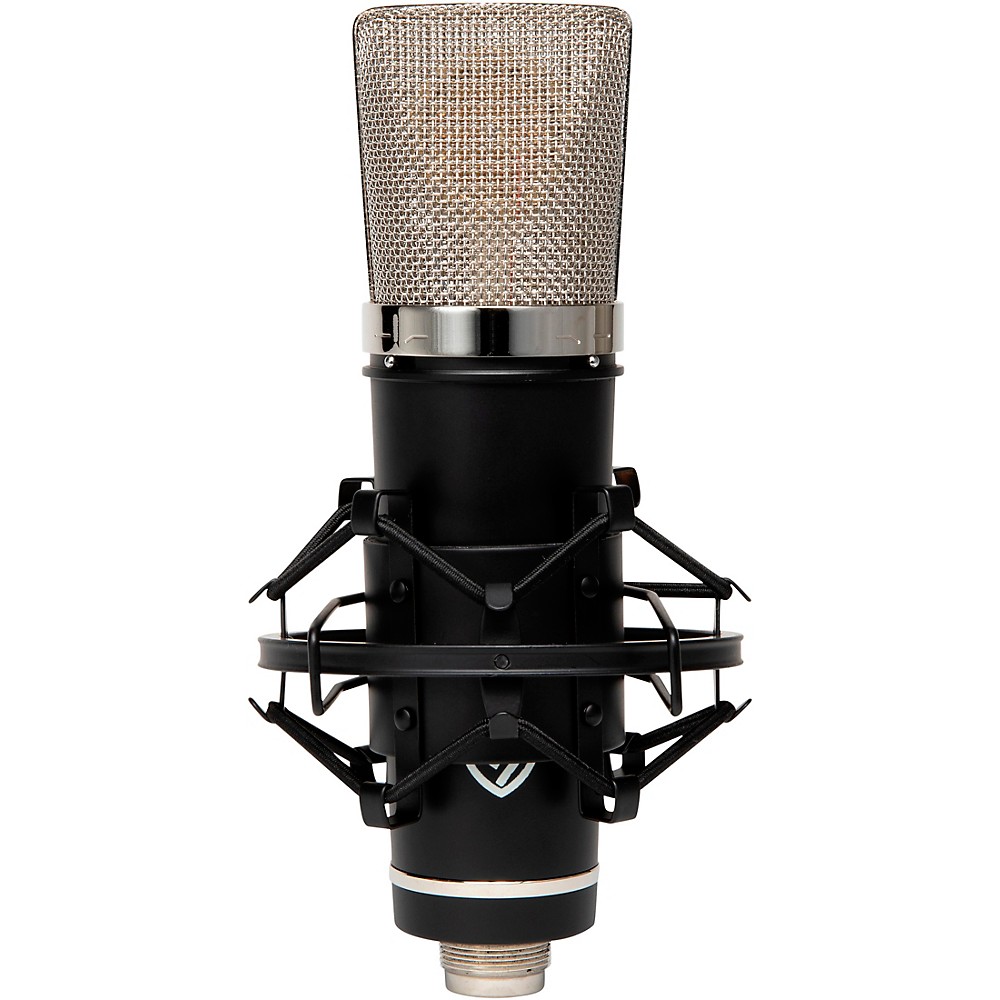View
218Download
1

Embed Size (px)

.Low-Noise, High Gain Amplifiers.Differential Amplifiers Description The -20V InterFET IF3602 JFET is targeted for ultra low noise high gain differential amplifier designs. The IF3602 has a cutoff voltage of less than 2.0V ideal for low voltage applications. The TO-78 package is hermetically sealed and suitable for military applications.
Ultra Low Noise Jfet Op Amp
Text of Noise in JFET transistors at low temperatures

TO-18
LT 21 Proceedings of the 21st International Conference on Low Temperature Physics Prague, August 8-14, 1996 Part $5 - Techniques and applications: Instrumentation
Noise in J FET Trans is tors at Low Temperatures
Waldemar Nawrocki
Poznan University of Technology, Institute of Electronics and Telecommunications ul. Piotrowo 3a, PL-60965 Pozn,~, Poland
The ability to work at low temperatures as well as the noise parameters of silicon junction field effect transistors were investigated. Some properties of the transistors at low temperatures result from self-heating of the silicon crystal of the transistor. The noise voltage of a JFET at low temperatures is determined by the temperature of its crystal, which is much higher than the ambient temperature of the transistor.
1. J FETs AT LOW TEMPERATURES Commercial silicon junction field effect transistors
(JFETs) of the BF245 type were investigated in the temperature range from 1.4 K to 300 K. The BF245 transistors from the groups B and C work correctly in the range 1.4-300 K. Static characteristics of transistors, i.e. the drain current, ID, as a function of gate-source voltage, Vos, were measured at 300 K, 77 K and in the range from 4.2 K to 1.4 K. Figure 1 shows the characteristics of a selected transistor.
Iv [mA] 20
16
10
6
0 : -4
B1=246 / . . . . . . . . . .~..~.-. ~ . v . - ~ ~ ~
-3 .5 -3 -='.6 -=' -1 .6 -1 -0.5 0
Vee lV l
Figure 1 Drain current, ID. vs gate-source voltage, Vos, ofa BF245B transistor
The characteristics show that the transistors are able to work at low temperatures. It is believed that the ability of silicon JFETs to work in the environment
below about 30 K is caused by self-heating of the transistors. The amplifying properties of the inves- tigated transistors were later confirmed using a cryoelectronic amplifier [ 1].
With the drop in temperature of the JFETs to below room temperature, their transconductance, gin, increases (gm = dI~/dVos). The transconductance of silicon JFETs reaches its maximum in 100-150 K. The value of gm is generally greater at 4 K than at 300 K. The value of gm is dependent on the dissipated power, Pd (Pd = IDXVDs). We also measured transconductance gn~ of the BF245 transistors, i.e. gm at Vos = 0 V. When we cooled the transistors from 300 K to 4.2 K, gm~ increased 1.2 times to 2.5 times for different transistors. The gn~ values at 4 K were in the range 3-8 mAN. The parameters of the BF245 transistors did not alter for the temperature within the range from 4.2 K to 1.4 K.
2 .SELF -HEAT ING EFFECT IN JFETs The power dissipated in the JFETs causes self-heating
of the silicon crystal of a JFET. This effect is well observed especially at low temperatures because the thermal resistance, Rr between the semiconductor crystal and the transistors' environment is much larger at 4 K than at room temperature. We calculated the thermal resistance for the BF245 transistors (manufac- tured by CEMI, Poland): 1~= 2550 K/W at 4.2 K, Rch = 460 K/W at 77 K and Rr = 130 K/W at 300 K [1]. The temperature difference, AT, between the Si crystal and the transistor environment depends on the dissipated power.
This work is supported by the research project No 44-458DS under way at the Poznan University of Technology.
Czechoslovak Joumal of Physics, Vol. 46 (1996), Suppl. S5 2747
Using the method presented by Sesnic [2] we determined AT for the BF245 transistors.
ATIK].= T, - T, = ~/52000P d + 105 - 10.2 (1)
T, - temperature of the silicon crystal of JFET, T, - ambient temperature of JFET, Pd - dissipated power.
The temperature, 3', of the Si-crystal of a BF245 transistor kept in LHe bath in the function of Pd is shown in Figure 2.
crystal temperature K [K]
,oo . . . . . . . . . . . . . . . . . . . . . . . . . . . . . . . . . . . . . . . . . . . . . . . . .
~0 . . . . . . . . . . . . . . . . . . . . . . . . . . . . . . . . . . . . . . . . . . . . . . . . . . . . . . . . . . . . . . .
40 .... amb|ent temperature 4. ~' K
O! I I I I I I
0 50 100 150 200 250 300 350
dissipated power Pd [roW]
Figure 2 Temperature of the Si crystal of a BF245 tran- sistor in the ruction of the dissipated power
3 .NOISE IN JFETs The thermal noise of the channel and the 1/f noise are
the principial components of noise in the JFETs in the frequency range below ~20 kHz. The 1/f noise can be neglected for frequencies > 2 kHz. Thus, the thermal noise of the channel defines the level of noise, according to the relation given by Van der Ziel [3].
= s kBr , (2) 3 gins
U, 2 - mean square voltage of the noise, kB - Boltzmann constant, T, - channel (crystal) temperature of the JFET, At'- measurement frequency bandwidth, gin, - transconductanco of the JFET for Vos = 0 V.
The drop in the temperature of the silicon crystal, according to Figure 2, and the increase in transcon- ductance cause a total decrease in the level of noise.
For example, for BF245 with g~ = 4.3 mA/V (300 K) and g~ = 5.4 mA/V (4 K, Pd = 100 mVO) the calculated noise voltage U, is 1.6 nV/~/I-Iz at 300 K and 1.1. is 0.6 nV/dI-Iz at 4 K. We investigated the noise voltage and the amplifying ability of the BF245 transistors at low temperatures using a simple cryo- electronic amplifier - Figure 3. In the amplifier we used various BF245 transistors previously tested in LHe.
:' ................................................................ l
LHe
Figure 3 The device for measuring noise in JFET transistors
In all cases we obtained the noise voltage reduction at low temperatures, However, the measured values of a noise voltage of the transistors are higher the theoretical values given by the formula (2) at low temperatures as well as at room temperature [4], e.g. we measured Un = 1 nWdHz instead of U, = 0.6 nWdI-Iz at4K.
Using the formula (2) we can also estimate the temperature of the transistor crystal if we know the noise voltage.
4 .CONCLUSIONS The BF245 transistors operate satisfactorily in LHe.
After cooling the transistors from 300 to 4 K there was an improvement in the amplifying properties and a reduction in noise voltage. This improvement in the parameters of the BF245 transistors enables them to be used in cryelectronic amplifiers and results in better noise parameters than for amplifiers at room tempera- ture. The noise voltage ofa JFET at low temperatures is determined by the temperature of its crystal, which is much higher than the ambient temperature of the transistor.
REFERENCES [1] W. Nawrocki, Cryogenics 34 ICEC Supp. (1994)
433. [2] S.S. Sesnic, G.R. Craig, IEEE on Electron Devices
19 (1972) 933. [3] A. Van der Zicl, Proc. IEEE 50 (1962) 1808. [4] C.D. Motchenhacber, F.C. Fitchcn, Low-noise
electronic design, Wiley, New York (1973).
2748 Czech. J. Phys. 46 (1996), Suppl. $5

The OPA827 series of JFET operational amplifiers combine outstanding DC precision with excellent AC performance. These amplifiers offer low offset voltage (150 µV, maximum), very low drift over temperature (0.5 µV/°C, typical), low-bias current (3 pA, typical), and very low 0.1-Hz to. In this category you will find ultra low-noise wideband amplifiers (LNAs) based on Infineon’s reliable high-volume 6th, 7th and high performance 8th. Oct 09, 2009 ULTRA LOW NOISE SINGLE P-CHANNEL JFET PRELIMINARY Linear Integrated Systems. 4042 Clipper Court. Fremont, CA 94538. Tel: 510 490-9160. Fax: 510 353-0261 Page: 1 OF 2 File: LSJ7409OCT2009PRELIMINARY.DOC Revision Date: 10/9/2009.
